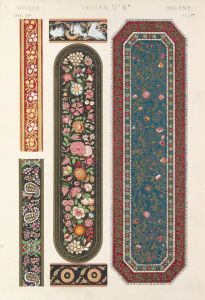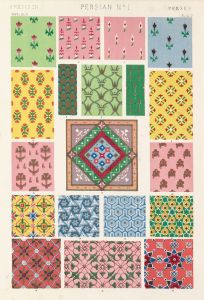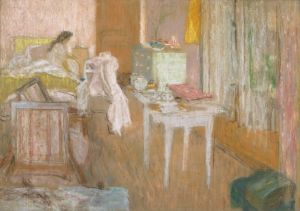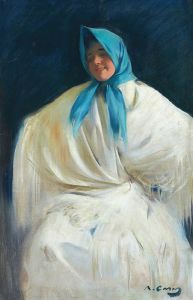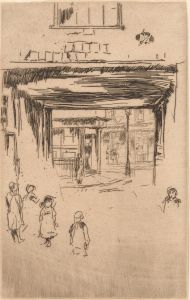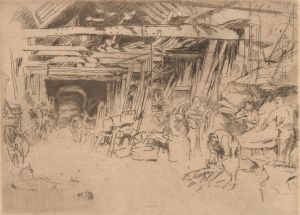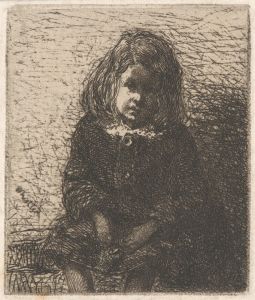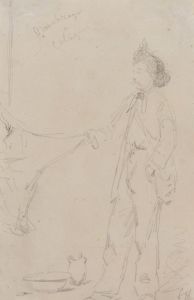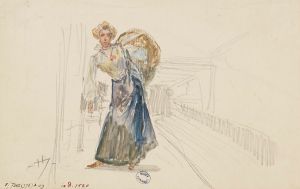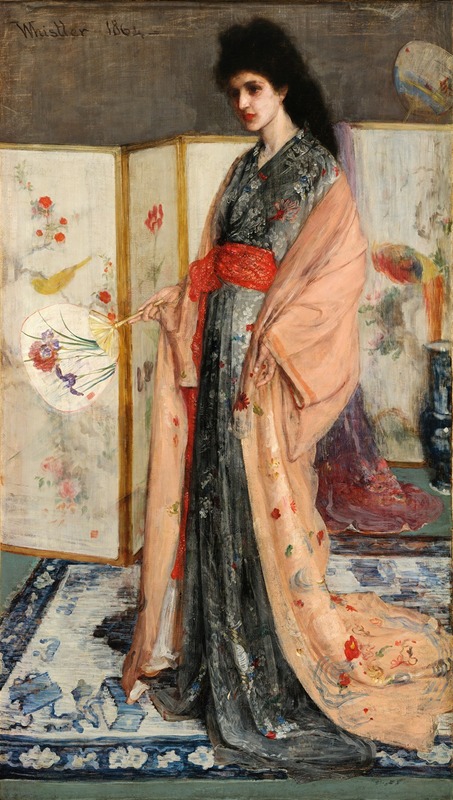
The Princess from the Land of Porcelain
A hand-painted replica of James Abbott McNeill Whistler’s masterpiece The Princess from the Land of Porcelain, meticulously crafted by professional artists to capture the true essence of the original. Each piece is created with museum-quality canvas and rare mineral pigments, carefully painted by experienced artists with delicate brushstrokes and rich, layered colors to perfectly recreate the texture of the original artwork. Unlike machine-printed reproductions, this hand-painted version brings the painting to life, infused with the artist’s emotions and skill in every stroke. Whether for personal collection or home decoration, it instantly elevates the artistic atmosphere of any space.
"The Princess from the Land of Porcelain" is an oil painting created by the American-born artist James Abbott McNeill Whistler between 1863 and 1865. This artwork is part of Whistler's exploration of Japonisme, a movement that was inspired by Japanese art and aesthetics, which became popular in Europe in the late 19th century. The painting is notable for its incorporation of Asian motifs and its reflection of Whistler's interest in the harmony of color and form.
The painting depicts a woman dressed in a kimono, standing in a room adorned with various Asian decorative elements. The model for the painting was Christina Spartali, the daughter of a wealthy Greek merchant. Whistler's choice of attire and setting reflects the Western fascination with Japanese culture during this period. The kimono, with its intricate patterns and vibrant colors, is a central element of the composition, highlighting Whistler's skill in rendering texture and detail.
Whistler's use of color in "The Princess from the Land of Porcelain" is particularly significant. The palette is dominated by soft, muted tones, with the exception of the bright colors of the kimono. This contrast creates a sense of depth and focus, drawing the viewer's eye to the figure of the woman. The background is composed of subtle shades that complement the colors of the kimono, enhancing the overall harmony of the piece.
The painting was originally commissioned by Frederick Leyland, a British shipping magnate and patron of the arts, for his London home. It was intended to be part of the decorative scheme for the "Peacock Room," a dining room designed by Whistler that became famous for its elaborate and opulent design. The room was later acquired by Charles Lang Freer and is now housed in the Freer Gallery of Art in Washington, D.C., where "The Princess from the Land of Porcelain" remains on display.
Whistler's work on the Peacock Room and "The Princess from the Land of Porcelain" exemplifies his belief in the concept of "art for art's sake," a philosophy that emphasizes the aesthetic value of art over its narrative content. This approach is evident in the painting's focus on visual harmony and beauty, rather than a specific story or message.
"The Princess from the Land of Porcelain" is an important example of Whistler's contribution to the Aesthetic Movement, which sought to elevate the importance of beauty and artistic expression in everyday life. The painting's blend of Western and Eastern influences reflects the cultural exchanges that were occurring during the 19th century, as well as Whistler's own innovative approach to art.
Overall, "The Princess from the Land of Porcelain" is celebrated for its exquisite composition, its role in the history of the Peacock Room, and its reflection of the cross-cultural influences that shaped Whistler's artistic vision. The painting continues to be admired for its beauty and its place within the broader context of 19th-century art movements.





